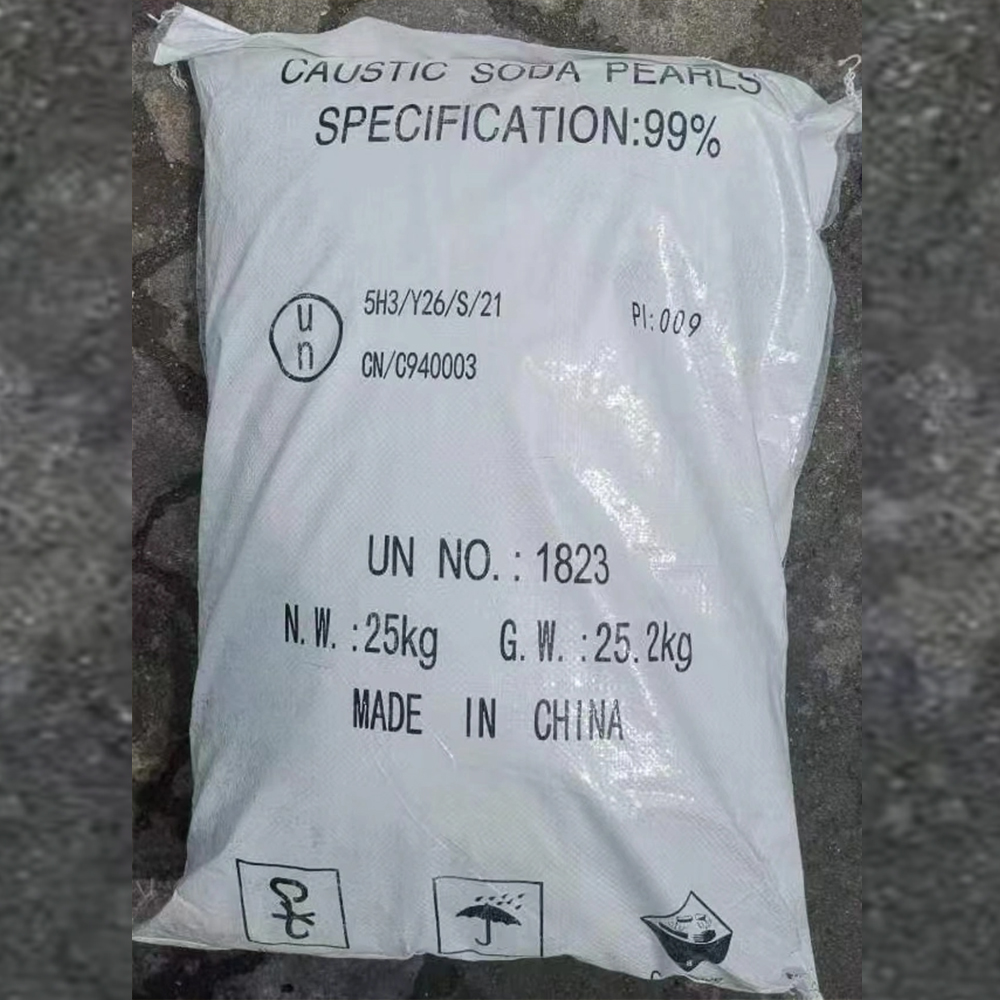



types of water treatment chemicals
Types of Water Treatment Chemicals
Water treatment is a critical process that ensures the safety and quality of water used for drinking, industrial, and agricultural purposes. Different types of water treatment chemicals are employed to meet specific water quality standards and to remove various contaminants. Below are the primary categories of water treatment chemicals and their functions.
1. Coagulants
Coagulants are essential for the removal of suspended solids and particulate matter in water. They work by neutralizing the charges on particles, allowing them to clump together and form larger aggregates, known as flocs. Common coagulants include aluminum sulfate (alum), ferric chloride, and polyaluminum chloride. These chemicals are widely used in municipal wastewater treatment plants and industrial processes to enhance the efficiency of sedimentation and filtration.
2. Flocculants
Flocculants complement the action of coagulants by promoting the settling of flocs formed during the coagulation process. They are typically high molecular weight polymers that increase the size of the agglomerated particles, allowing for easier removal. Anionic, cationic, and non-ionic flocculants are utilized, based on the water chemistry and specific requirements of the treatment process.
3. Disinfectants
Disinfection is a crucial step in water treatment to eliminate harmful microorganisms. Common disinfectants include chlorine, chloramine, ozone, and ultraviolet (UV) light. Chlorination is one of the oldest and most widely used methods, providing residual disinfection in the distribution system. However, it can also produce harmful disinfection byproducts (DBPs), leading to the need for careful management and regulatory compliance.
4
. pH Adjusterstypes of water treatment chemicals

The pH of water is a critical factor that influences the effectiveness of many treatment processes. Chemicals like sulfuric acid, hydrochloric acid, or sodium hydroxide (caustic soda) are used to adjust the pH levels. Acidic treatments lower the pH to reduce scaling in pipes, while alkaline treatments raise the pH for processes like coagulation and precipitation.
5. Oxidants
Oxidants are used to remove iron, manganese, and organic compounds from water. They work by breaking down complex molecules, facilitating their removal through sedimentation or filtration. Common oxidants include potassium permanganate and hydrogen peroxide. These chemicals are particularly useful in groundwater treatment, where elevated levels of these substances are prevalent.
6. Corrosion Inhibitors
Corrosion can significantly affect the integrity of water distribution systems and treatment facilities. Corrosion inhibitors are chemicals that help to form a protective layer on the inner surfaces of pipes, thereby reducing metal dissolution. Common inhibitors include phosphates, silicates, and zinc salts. Their use not only extends the lifespan of infrastructure but also improves water quality by preventing the leaching of metals into the water supply.
7. Scale Inhibitors
Scale formation can hinder process efficiency in water systems, particularly in boilers and cooling towers. Scale inhibitors, often phosphonates or polyacrylic acids, are used to prevent the deposition of minerals like calcium and magnesium. They help maintain optimal flow rates and heat exchange efficiency by minimizing scaling.
Conclusion
Water treatment chemicals play a vital role in ensuring that water is safe, clean, and suitable for various uses. The judicious choice and application of these chemicals are fundamental to achieving regulatory compliance and protecting public health. As technology and regulations evolve, the water treatment industry continues to adapt, focusing on sustainable practices and innovative solutions to meet increasing water demand and safeguard environmental integrity.
-
Why Sodium Persulfate Is Everywhere NowNewsJul.07,2025
-
Why Polyacrylamide Is in High DemandNewsJul.07,2025
-
Understanding Paint Chemicals and Their ApplicationsNewsJul.07,2025
-
Smart Use Of Mining ChemicalsNewsJul.07,2025
-
Practical Uses of Potassium MonopersulfateNewsJul.07,2025
-
Agrochemicals In Real FarmingNewsJul.07,2025
-
Sodium Chlorite Hot UsesNewsJul.01,2025










